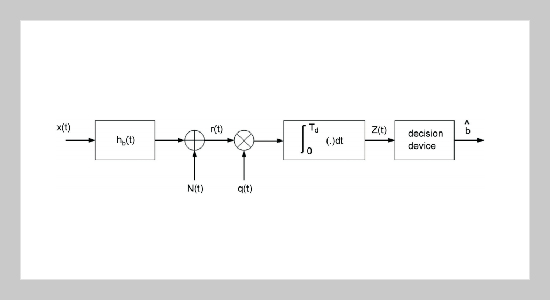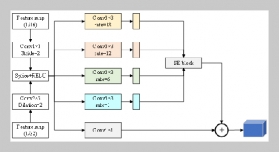REFERENCES
- [1] First report and order, revision of part 15 of the communication’s rules regarding ultra-wideband transmission systems, FCC, ET Docket, pp. 98�153 (2002).
- [2] Siwiak, K., Withington, P. and Phelan, S., “Ultra-Wide Band Radio: The Emergence of an Important New Technology,” IEEE VTS 53rd Vehicular Technology Conference, Vol. 2, pp. 1169�1172 (2001).
- [3] Siwiak, K., “Ultra-Wide Band Radio: Introducing a New Technology,” IEEE VTS 53rd Vehicular Technology Conference, Vol. 2, pp. 1088�1093 (2001).
- [4] Mielczarek, B., Wessman, M. O. and Svensson, A., “Performance of Coherent UWB Rake Receivers with Channel Estimators,” IEEE 58th Vehicular Technology Conference, pp. 1880�1884 (2003).
- [5] Hamalainen, M. and Iinatti, J., “Analysis of Interference on DS-UWB System in AWGN Channel,” 2005 IEEE International Conference on Ultra-Wideband, pp. 719�723 (2005).
- [6] Kandukuri, S. and Boyd, S., “Optimal Power Control in Interference-Limited Fading Wireless Channels with Outage-Probability Specifications,” IEEE Transactions on Wireless Communications, pp. 46�55 (2002).
- [7] Pausini, M., Janssen, G. and Witrisal, K., “Analysis of ISI for an IR UWB Symbol-Differential Autocorrelation Receiver,” Vehicular Technology Conference, 2004. VTC2004-Fall. 2004 IEEE 60th, Vol. 2, pp. 1213�1217V (2004).
- [8] Ke, L., Wang, Z., Yin, H. and Gong, W., “Finite-Resolution Digital Receiver Design for Impulse Radio Ultra-Wideband Communication,” IEEE International Conference on communications, pp. 845�849 (2008).
- [9] Khan, M. G., Nordberg, J. and Claesson, I., “Detection of Impulse Radio Ultra-Wideband Signals Using Recursive Transmitted Reference Receivers,” IEEE International Conference on Ultra-Wideband, pp. 376� 380 (2007).
- [10] Chen, S. H. and Jeng, S. K., “An SBR/Image Approach for Indoor Radio Propagation in a Corridor,” IEICE Trans. Electron, E78-C, pp. 1058�1062 (1995).
- [11] Chen, S. H. and Jeng, S. K., “SBR/Image Approach for Indoor Radio Propagation in Tunnels with and without Traffic,” IEEE Trans. Veh. Technol, Vol. 45, pp. 570� 578 (1996).
- [12] Tian, Z. and Giannakis, G. B., “BER Sensitivity to Mistiming in Ultra-Wideband Impulse Radios-Part I: Nonrandom Channels,” IEEE Transactions on Signal Processing, pp. 1550�1560 (2005).
- [13] Homier, E. A. and Scholtz, R. A., “Rapid Acquisition of Ultra-Wideband Signals in the Dense Multipath Channel,” IEEE Conference on Ultra Wideband Systems and Technologies, pp. 105�109 (2002).
- [14] Gargin, D. J., “A Fast and Reliable Acquisition Scheme for Detecting Ultra Wide-Band Impulse Radio Signals in the Presence of Multi-Path and Multiple Access Interference,” 2004 International Workshop on Ultra Wideband Systems, pp. 106�110 (2004).
- [15] Imada, S. and Ohtsuki, T., “Pre-RAKE Diversity Combining for UWB Systems in IEEE 802.15 UWB Multipath Channel,” IEEE Joint with Conference on Ultrawideband Systems and Technologies. JointUWBST & IWUWBS. 2004 International Workshop on Ultra Wideband Systems, pp. 236�240 (2004).
















